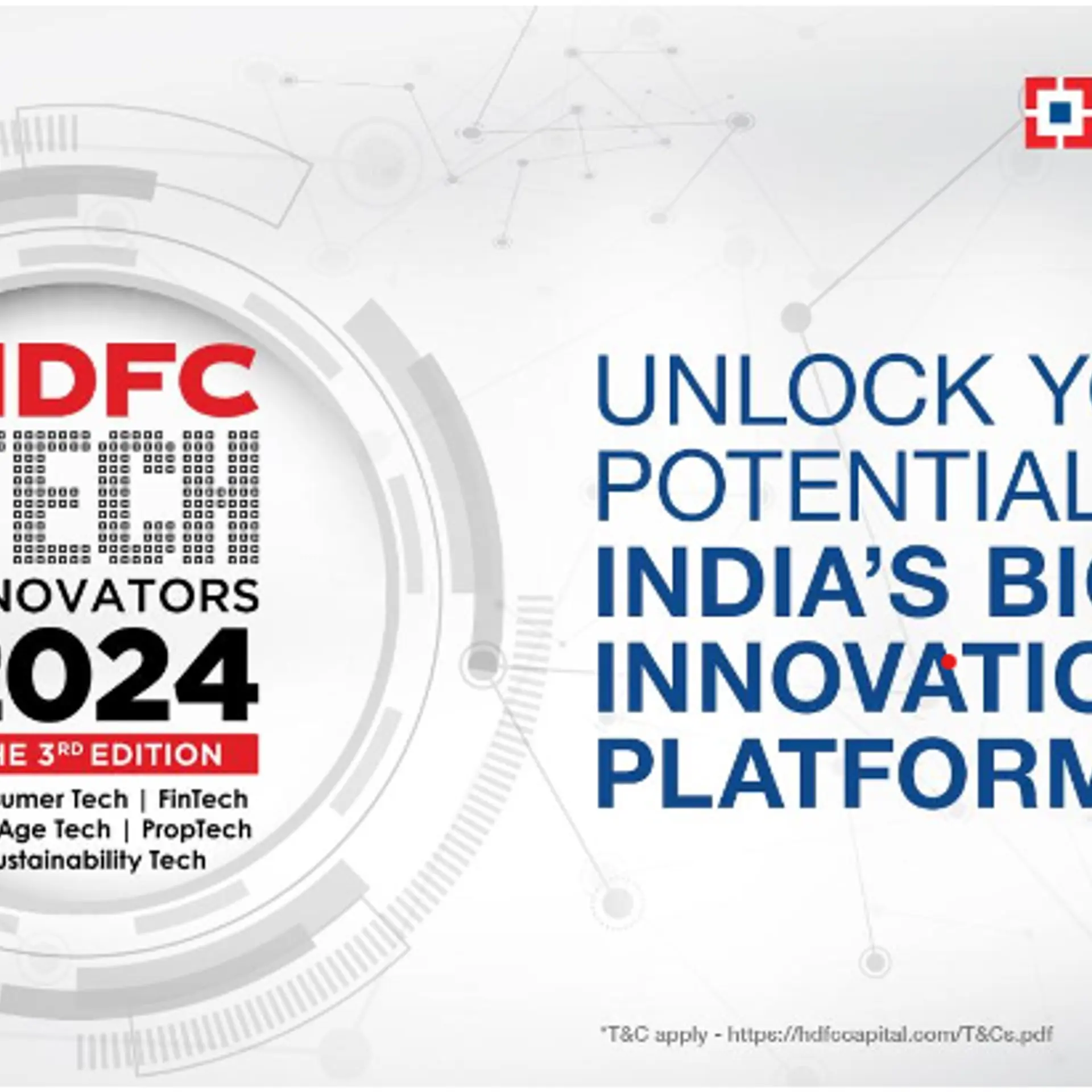O2O models have the potential to create a thriving retail ecosystem
The O2O model gives these businesses the ability to reach consumers online and enable online payments, whereas trials, returns, fitting, and tactile touch can happen in offline retail.
In 2018-19 when O2O retail started picking up as a buzz word among marketers as well as retailers, the world seemed utopian. But who knew that COVID-19 could play such a vital role in the tectonic shifts in the retail industry? Today, O2O retail seems to be the ‘new normal’ or probably the only way forward, as the sector is witnessing a constant growth in online consumer spends across income and also in age groups.
The impact of the pandemic is here to stay, and now as the country is getting vaccinated, the second wave has hit yet again retail businesses, making it necessary to co-exist with the SARS-CoV-2 virus, both mentally and physically.
The newfound reality of cost-saving, personalisation, and the ability to reach the global audience for traditional retail players looks plausible. Thus, making local retail categories that depend on touch, smell, trial, and other sensorial experiences the biggest beneficiaries of them all.
The O2O model gives these businesses the ability to reach consumers online and enable online payments, whereas trials, returns, fitting, and tactile touch can happen in offline retail, thus reducing the cost of rent and maintaining large high-street retail spaces.
It is of no surprise that everyone – from our local kirana store to the vegetable vendor, including the pharmacies, are now on Zomato and Swiggy, facilitating seamless O2O trade. Even the high-end furniture shops that were located in the prime area have moved their physical presence to a cost-effective warehouse, clubbed with a store, and leads the customer acquisition and experience centre online.
It was not until long ago when physical retail seemed and was touted as a rival of the ecommerce sector, but has now found perfect cohesion to create a new future for the retail business. The global pandemic had led almost all the nations in the world to undergo lockdowns.
The situation came with some restrictions like store timing, limitations in the number of people meeting at a social gathering, and social distancing that continue to disrupt regular businesses.
Nevertheless, the power that O2O extends to the retailer is ‘Reserve Online and Purchase Offline’ for categories such as apparels, furniture, jewellery shops, real estate, cars, malls, and another high involved category. This has helped business owners to offer both online as well as offline store experience by simply creating an online experience and reserving a slot for visit and then giving a personalised service to the customers, thus enhancing the overall experience as well as balancing crowd management.
The O2O model also has to boost the speed-to-market and reduce the time-to-market, as it enables to understand and analyse the consumer behaviour to minimise the gap of supply and demand. It is no secret that the supply chain was greatly affected during the lockdown, and thanks to the O2O model, it is now recovering the losses.
Optimised product strategies and understanding the demand has enabled us to avoid the out-of-stock status, which has shortened the time to market. O2O offers retailers to optimise newer marketing strategies, leveraging both online as well as offline sales, prioritise customers expectation, and boost the ROI.
Easier said than done, O2O is definitely the way to go for the retail industry in future, but it will require creation and management of consumer-facing digital infrastructure, management of local promotions online, along with robust SEO, integrating unified payment, inventory management, delivery mechanism, along with statutory COVID-19 protocols.
Most importantly, we have to train the retail owners and staff with the new ‘phygital’ economy that we will be ushering in. The onus lies on retail associations, government bodies, service providers, and marketplace facilitators to embrace the new reality and assist in creating a glitch-free and thriving O2O retail ecosystem.
Edited by Kanishk Singh
(Disclaimer: The views and opinions expressed in this article are those of the author and do not necessarily reflect the views of YourStory.)








